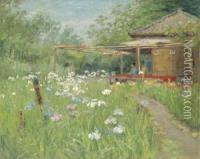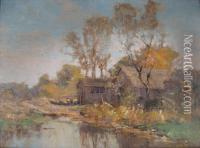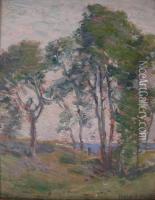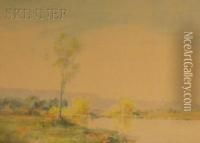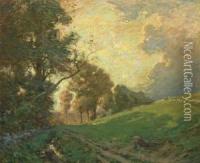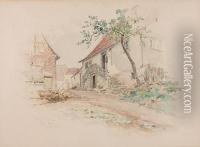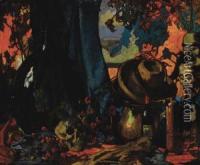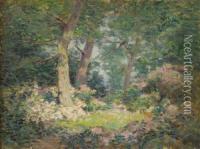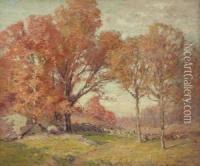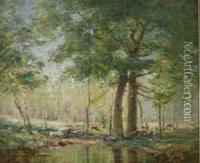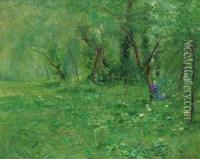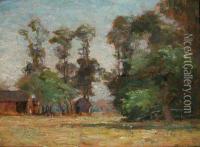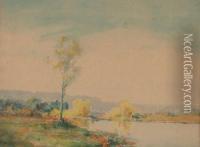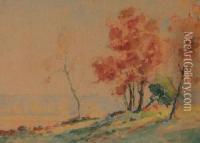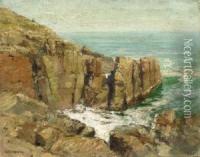Frank Alfred Bicknell Paintings
Frank Alfred Bicknell was an American impressionist painter, born in Augusta, Maine in 1866. He studied at the Académie Julian in Paris under Gustave Boulanger and Jules Lefebvre, two prominent French artists of the time. Bicknell became well-versed in the style that would later be known as Impressionism, which was just beginning to gain recognition in the art world during his studies.
After completing his education, Bicknell traveled extensively, painting landscapes across Europe, North Africa, and the United States. He spent a considerable amount of time in France, particularly in the artist colony of Étaples, where he honed his skill in portraying light and atmosphere in his paintings.
In the early 1900s, Bicknell settled in Old Lyme, Connecticut, which was quickly becoming a hub for American Impressionists. There, he joined the Old Lyme Art Colony, a group of artists who were drawn to the area's picturesque landscapes and unique quality of light. Bicknell's work from this period shows a strong emphasis on color and brushwork, typical of the Impressionist style, and his landscapes often featured the lush countryside and coastal scenes of New England.
Bicknell's paintings were well-received, and he exhibited at notable institutions such as the National Academy of Design and the Pennsylvania Academy of the Fine Arts. Despite his success, he remained relatively modest and dedicated to his craft throughout his life.
Frank Alfred Bicknell continued to paint and be active in the art community until his death in Essex, Connecticut, in 1943. His works are part of several collections and continue to be appreciated for their contribution to the American Impressionist movement.
